One of the most underrated panfish methods during the summer is trolling with spinners. Summer is a time when fish are scattered throughout the water column and throughout the weeds. This, in combination with warm temperatures and therefore revving metabolisms makes trolling presentations a perfect solution to finding and catching quality panfish.
Whether you are trying out a new lake and don’t know where to start OR you want to take out some new anglers and make sure you catch some fish, be sure to give spinners a try. It’s one of the most simple and effective strategies during any of the summer months and a great way to get hooked on fishing.
Below I go through how I use spinners to find and catch panfish ALL summer long. I layout maps on where to look for them, electronics images on what they look like, and exactly how I target them.
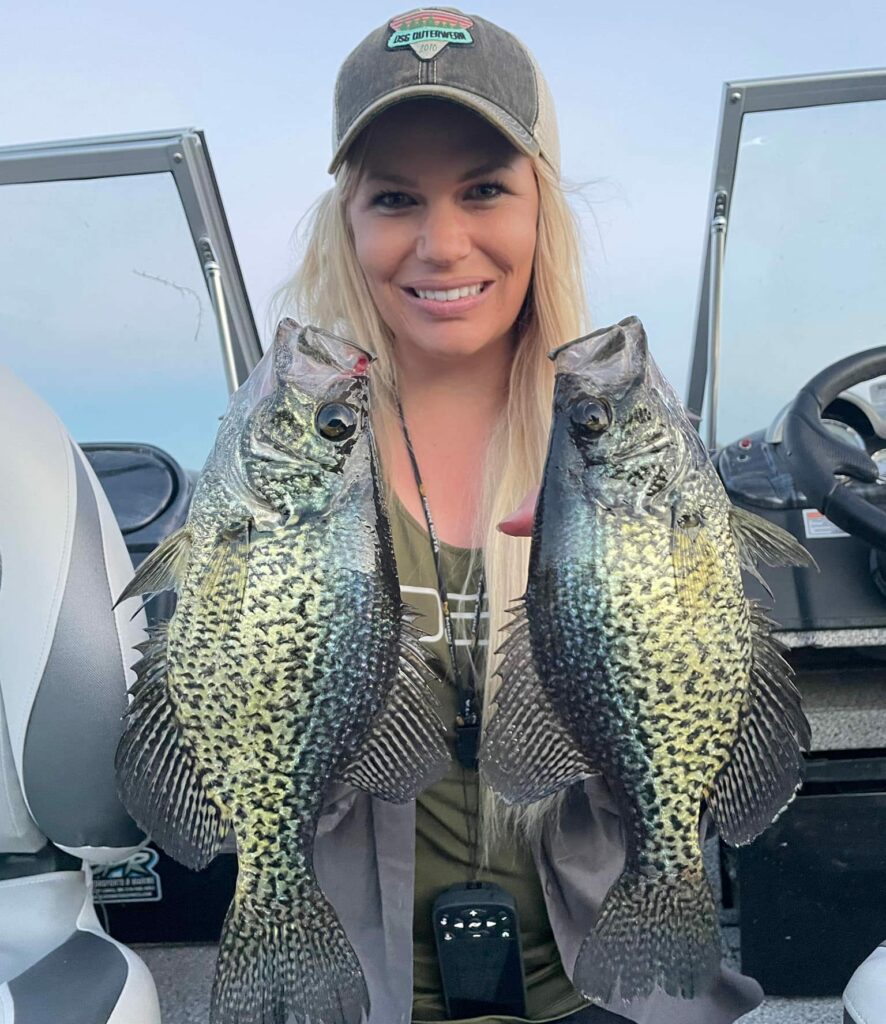
Where to Start When Searching For Summer Panfish
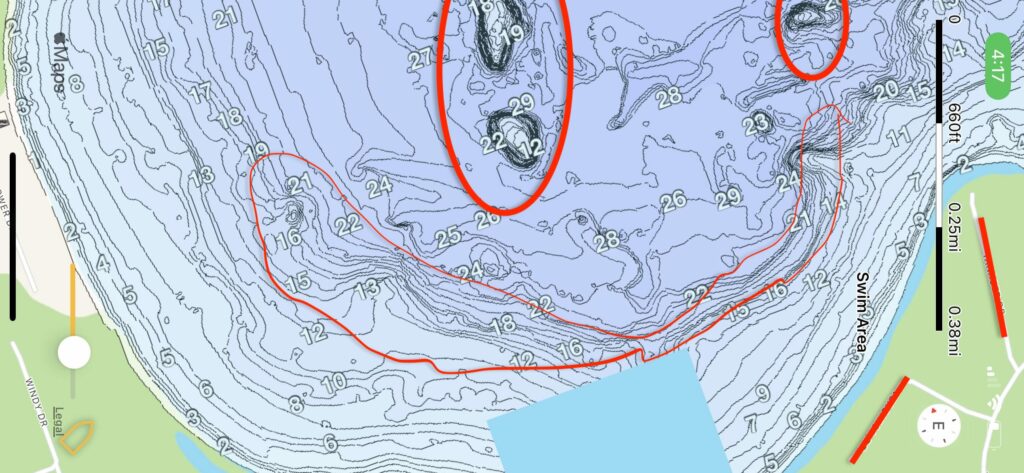
The number one thing I think any angler wants to know before starting out is where to find the fish. Summer is that tougher in-between phase where they aren’t typically stacked in the extreme shallows or in the basins (always exceptions), and instead they are holding to weedy structure or scattered throughout the shoreline, especially the bigger fish. This makes finding them a bit more difficult then in the spring or fall where they congregate thick and tend to be easier to identify.
I have an entire in-depth guide on the panfish locations you can find all year round right here. However, in summary, you can expect summer panfish to scatter along weeded structure/shoreline, and weedy mid lake humps this time of year. There is one thing that seems to be constant in any situation however, and that’s the weeds.
There are a lot of areas thick this time of year. So tackle this by:
- Trolling the shoreline: Weeds can be deep this time of year, so don’t be afraid to focus on the breaklines and structure like you would predator fishing. However, instead on of being along the weed lines, go right on top of the weeds (more details on my 2D and down imaging graphics below)
- Troll across (and between) weedy midlake humps: This can be a gold mine for big crappie and big bluegill hanging in between these areas.
In the image above I circle the deeper sides of the shoreline weeds. Weeds are thick here by the end of summer, but rampant with quality panfish. Spinners will allow you to pull these bigger fish out of the weeds and cover ground quickly. If you aren’t catching quality fish then move on.
Remember, the difference between you and the walleye angler trying to relate to structure is that you are going to go right over the tops of weeds and not off the weedlines (more on this below).
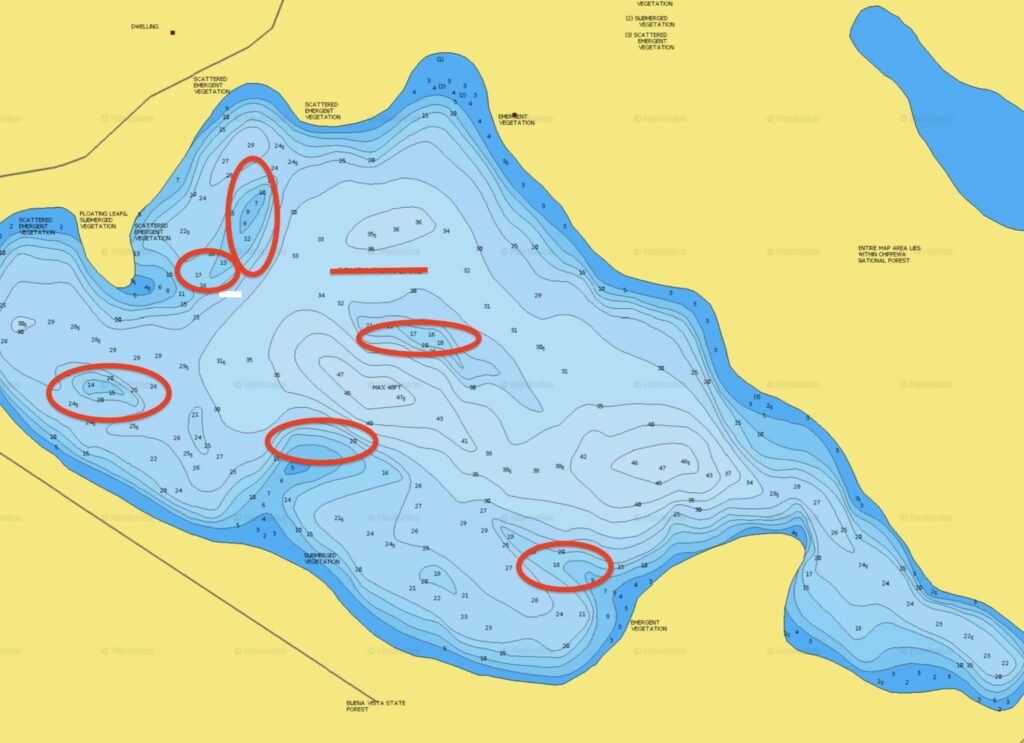
Now many people say weedlines, but I think that’s not the best explanation of where to target them. I say in the weeds. Instead, try to find some deeper, dense weeds and go right over the top of them. The outside of the weeds don’t offer the cover the weeds provide in heavy summer days filled with boats and recreation. Instead hit them where they lay – in the weeds. Below is another example of spots where I troll for fish. I’ll cover the ground trying to tolerate the weeds as much as possible. In many instances I’ll be able to pin point them stacked up as you can see in my sonar images in the electronics section below.
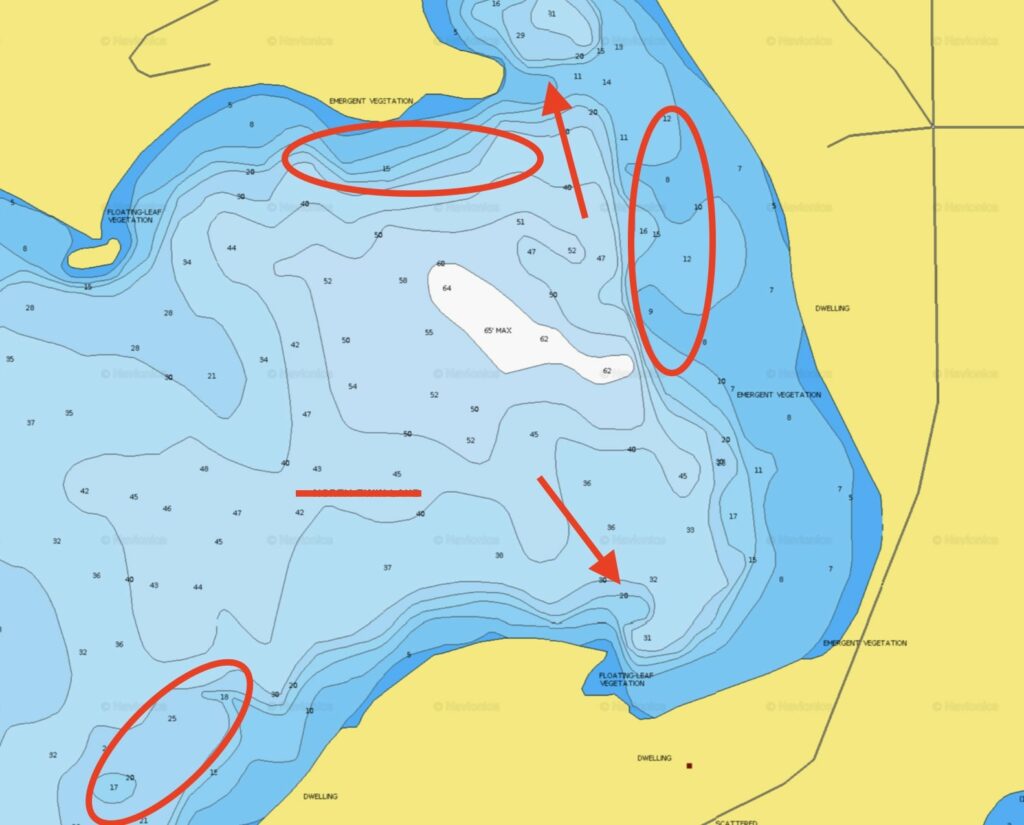
Using Electronics to Identify Fish
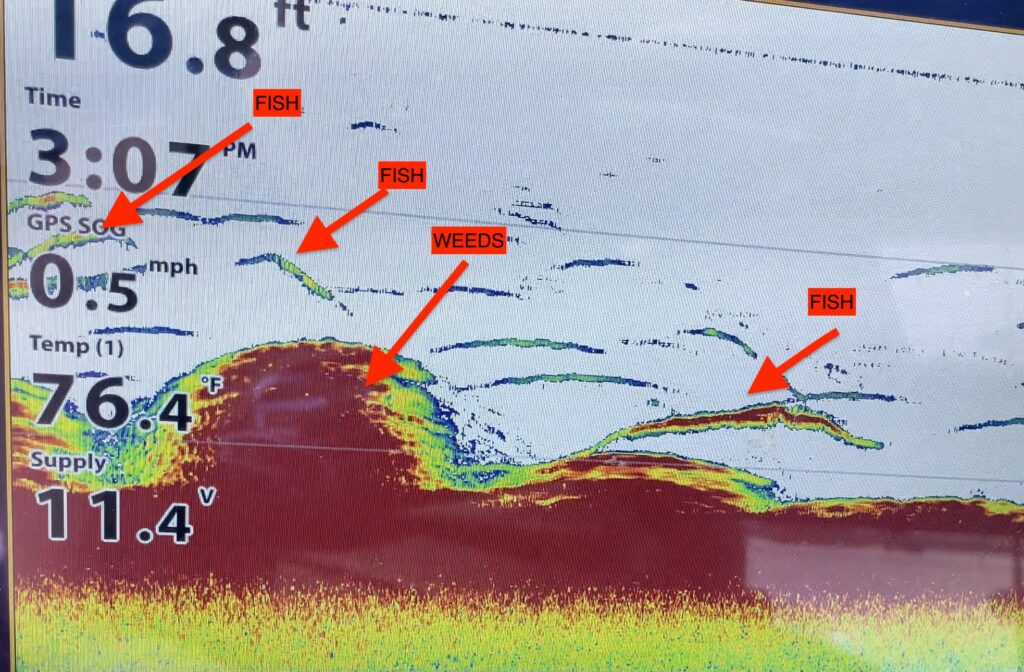
Whether you have down imaging or basic 2D sonar, you should be able to see these fish off the tops of the weeds, even if you are in the thick of it. This may help because it will allow you to at least get an idea if you are in an active area. I find often that bigger fish will be together, so if you catch a lot of stunted bluegill or crappie move on.
Also let me mention, that’s one more benefit of using larger spinners. Not only can you move on to a different school of fish quicker, but you can often pull the bigger fish out of the mess.
Below is an example of what down imaging will look like in comparison to 2D sonar. Use spinners to plow right through them and grab the bigger fish.
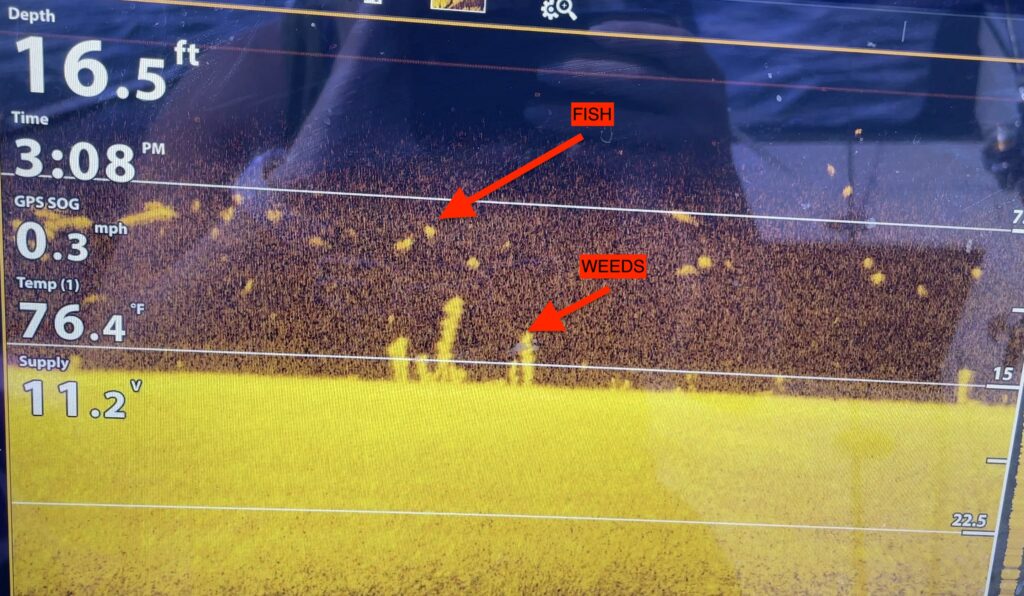
My Setup
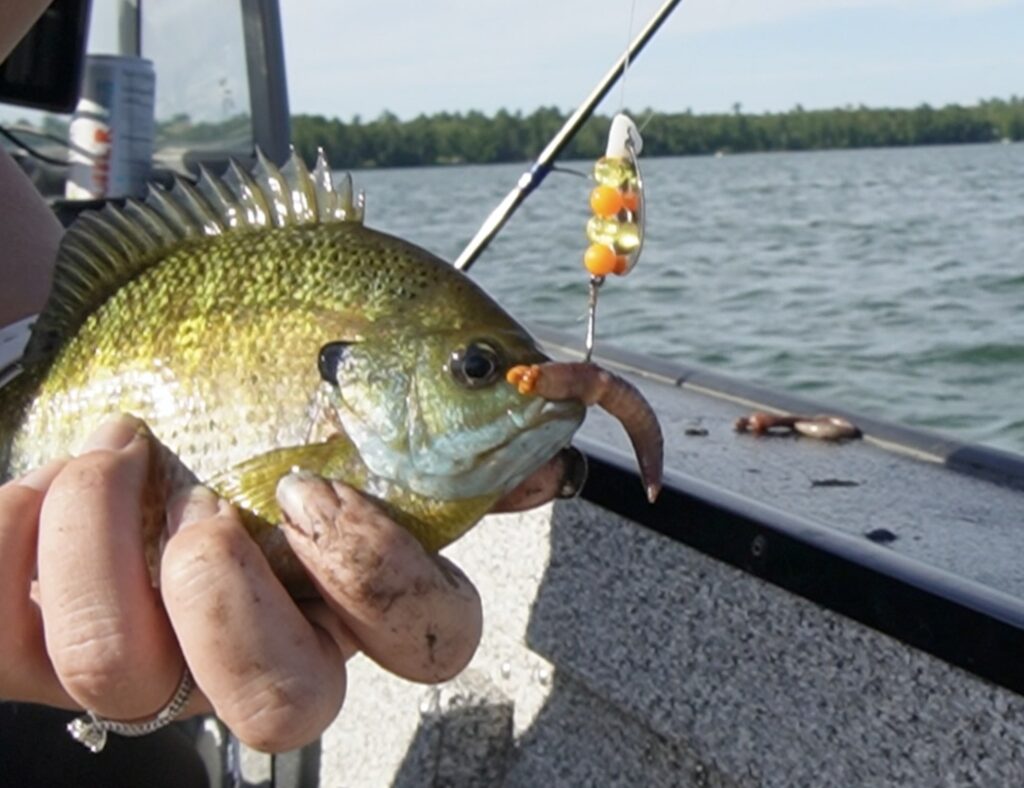
For a setup, whether you want to target crappie, bluegill or both – it will be the same. Here is my basic gear list, and I will break down each of these below:
Rod: St Croix Avid MLXF Rod ( I like a 7’6″ for rigging)
Line: 6 or 8 lb Monofilament
Spinner: Lindy Single Hook Indiana Blade Spinner (code nicole15 for a discount)
Weight: Split Shot
Bait: Crawler, Leech, or one of my favorite panfish plastics (code nicole15 for a discount)
What might change is:
1) The size of your hook depending on how many fish you want to weed through
2) The size of your split shot depending on how deep you need to go to skip across the top of the weeds.
Choosing a Rod Setup
The biggest factor when choosing your rod in this situation is going to be the action. You want something fast to extra fast so you can see the rod react on the end. Remember panfish are light, so too little action means you will miss a lot of bites, and more often then not troll around with a fish on the end without know it.
I personally use a St. Croix Avid MLXF action spinning rod paired with a Pflueger Orion. The bend on the rod end is incredibly sensitive allowing me to really see the bite, which ultimately lets me know there is action, and if I should feed more line. However, any light rod will due – in fact a true ultralight panfish rod will work all the same if that’s what you already have in the box.
Choosing Line
In my personal opinion, anything here will go. I typically have these rigged with 6 to 8 lb monofilament. I go 6 to 8 lb mainly because they fit well with the rod and are sensitive enough to detect these fish on the troll but the heavier line can hold some weight in case I hook into a surprise walleye, pike, or big bass which generally can hold to the same areas too.
Mono has stretch which I appreciate when panfishing. However, whether you want 6 lb braid tied to a 6 lb fluoro or mono leader, or an entire fluorocarbon rig setup, you likely will see similar results. The key is to have a light enough rod, and light enough weight to detect the bite and stay on top of the weeds.
The Presentation
Putting this all together is simple. All I do is take my mainline and tie a swivel. From there I tie a 4 to 6 foot spinner. Then right before the swivel (on the non spinner side) I add a small split shot.
I love the Lindy Indiana Blades the most, but feel free to give any brand of spinner a try.
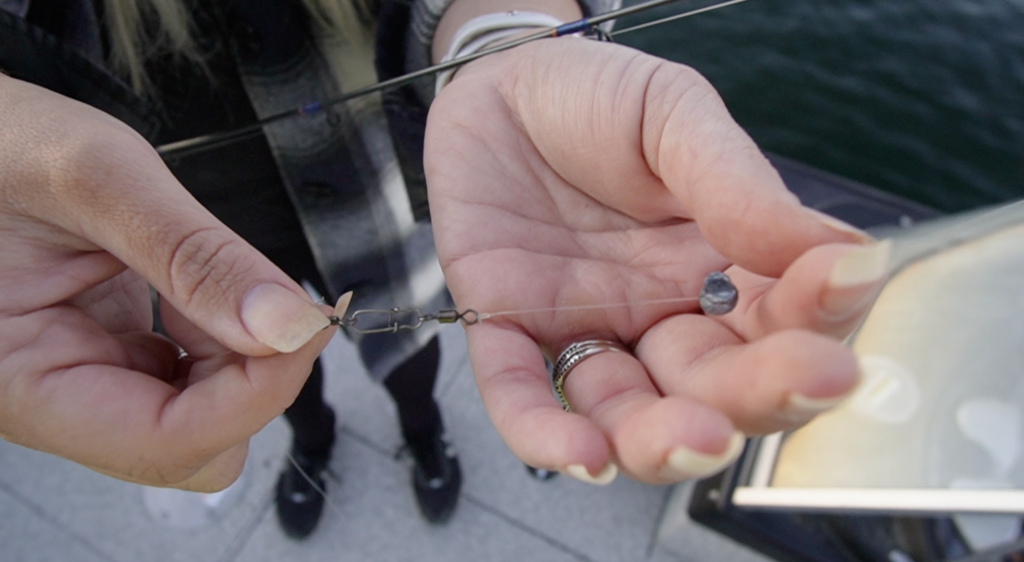
We are going light! Most people equate spinners to bottom bouncers or bullet weights, but I’m not using any of that here. Instead I do 2 things:
- Use small split shot (size 4 or 5) – you will have to test your line to see how small or big you should go
- Use NO WEIGHT and use a plastic at the end of your line or simply long line. I’ve seen both work well depending on the height of the weeds.
In fact, I once learned from an older gentleman at the dock to run fake crawlers on spinners. No split shot, no nothing. Just plastics on a long spinner. Not only did I turn over crappie but I pulled up some nice walleye too.
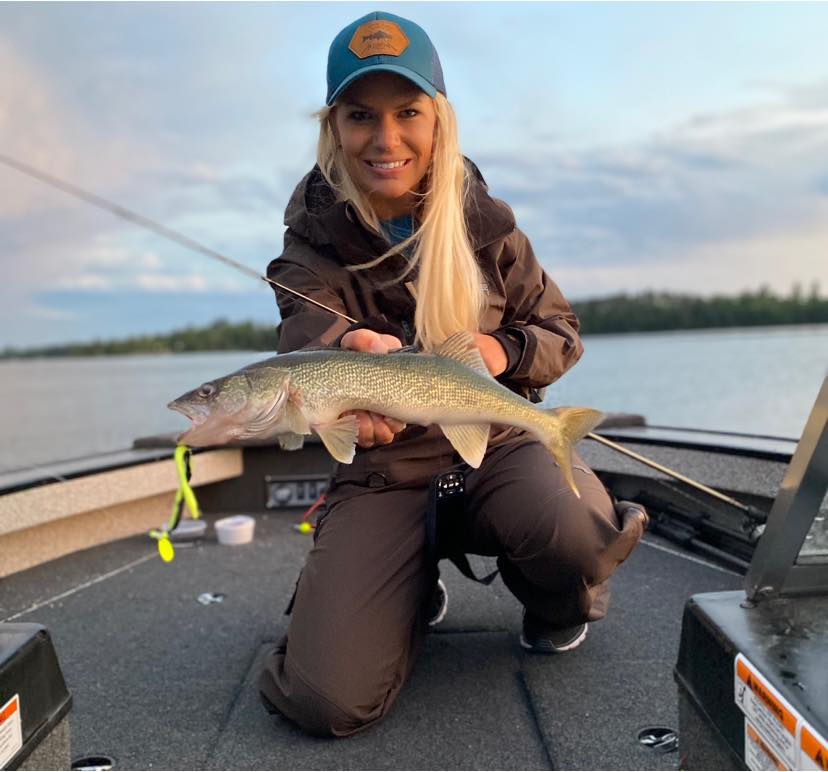
Bait
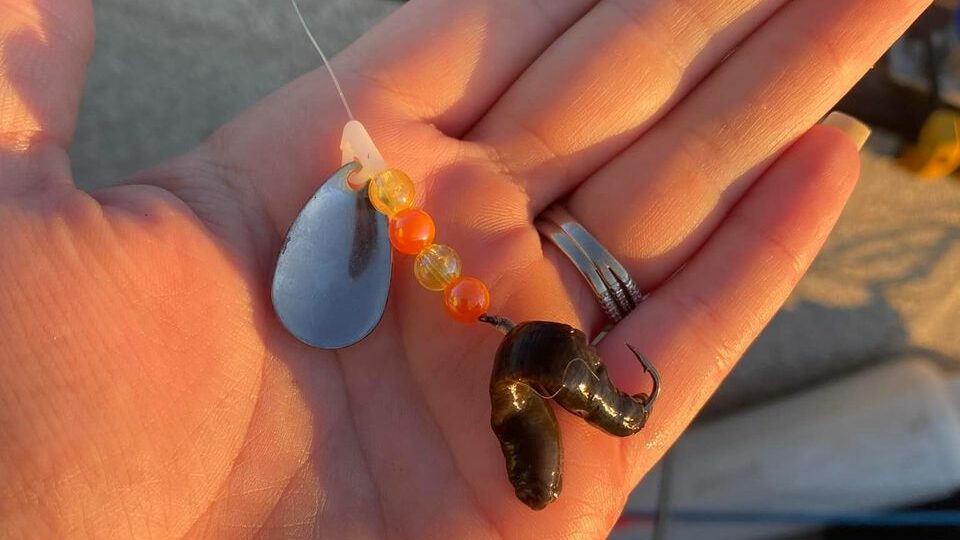
In the summer, leeches and crawlers are definitely my go-to bait. They are cheaper and more resilient than minnows, especially in this warmer water. With that said, you can’t go wrong with fake bait either. Don’t be afraid to give plastics a try, especially on a hot bite.
Speed
Next let’s talk about speed. You have one objective, make sure the spinner is spinning. Doesn’t have to be fancy. I prefer .8 – 1.5 mph most times but I’ve gone faster and slower and also caught plenty of fish. Trial and error is the best answer. If you see promising fishing on 2D or down imaging without a bite, don’t be afraid to break it up.
Final Thoughts
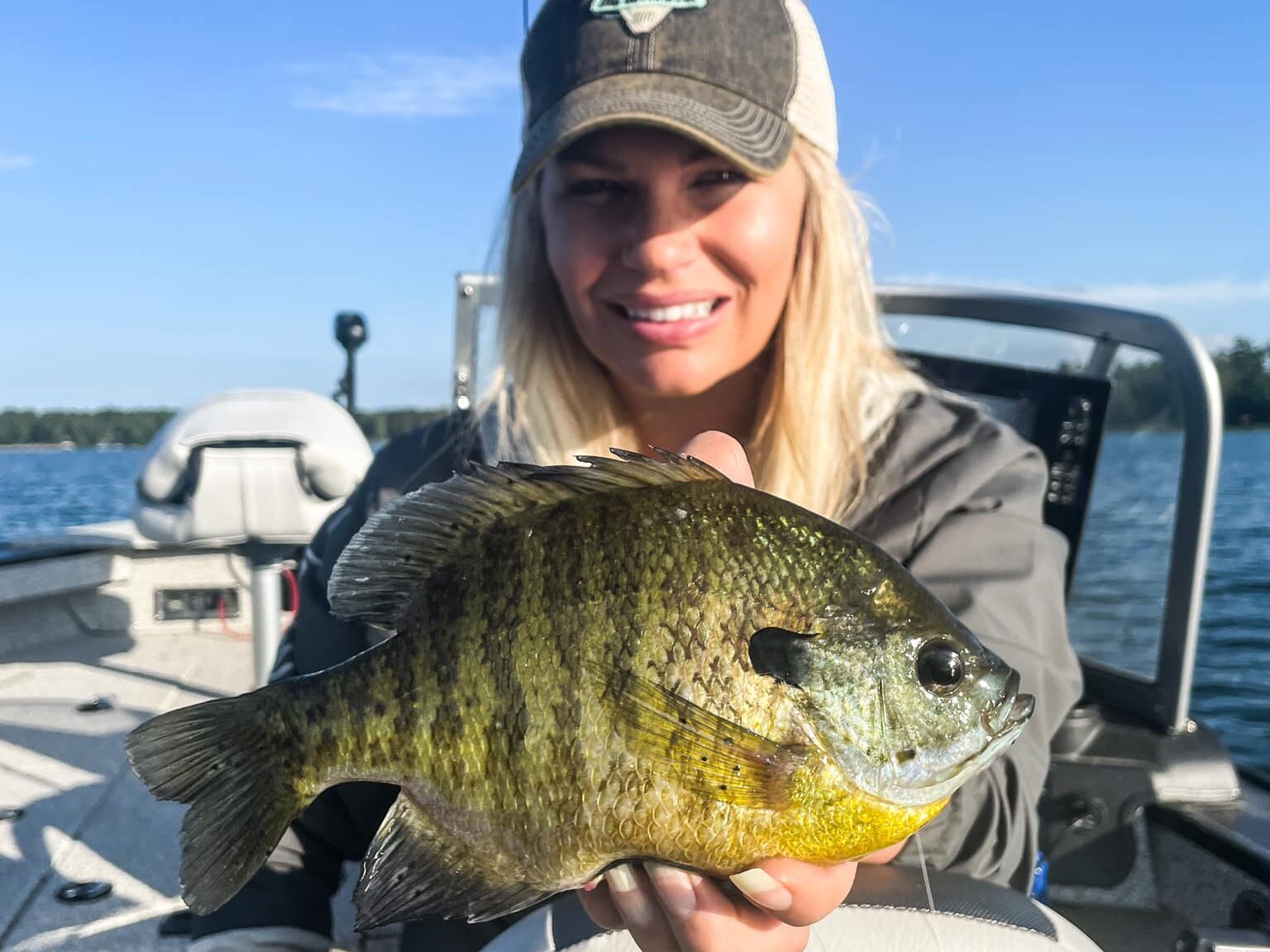
Remember the key is going to be to cover ground. Your electronics can be helpful in determining what a good place to start is, but the joy with this is you can move on quick if you aren’t seeing, or catching anything, especially of size.
Try your best to stay on top of the weeds. I find as summer progresses I shift deeper and deeper as the weeds grow and thicken. By August I’m trolling 12 – 15 feet in many places, still staying on top of them.
If you happen to be catching too many small fish then don’t be afraid to upsize. You’ll be surprised how big of a presentation you can use and still catch eater size fish.
Using spinners are a great way to catch fish. Not only can you catch a pile of panfish, but you can catch quality walleye, bass and pike as well. It’s simple, cheap, and easy – making it a perfect strategy for learning a lake better.





